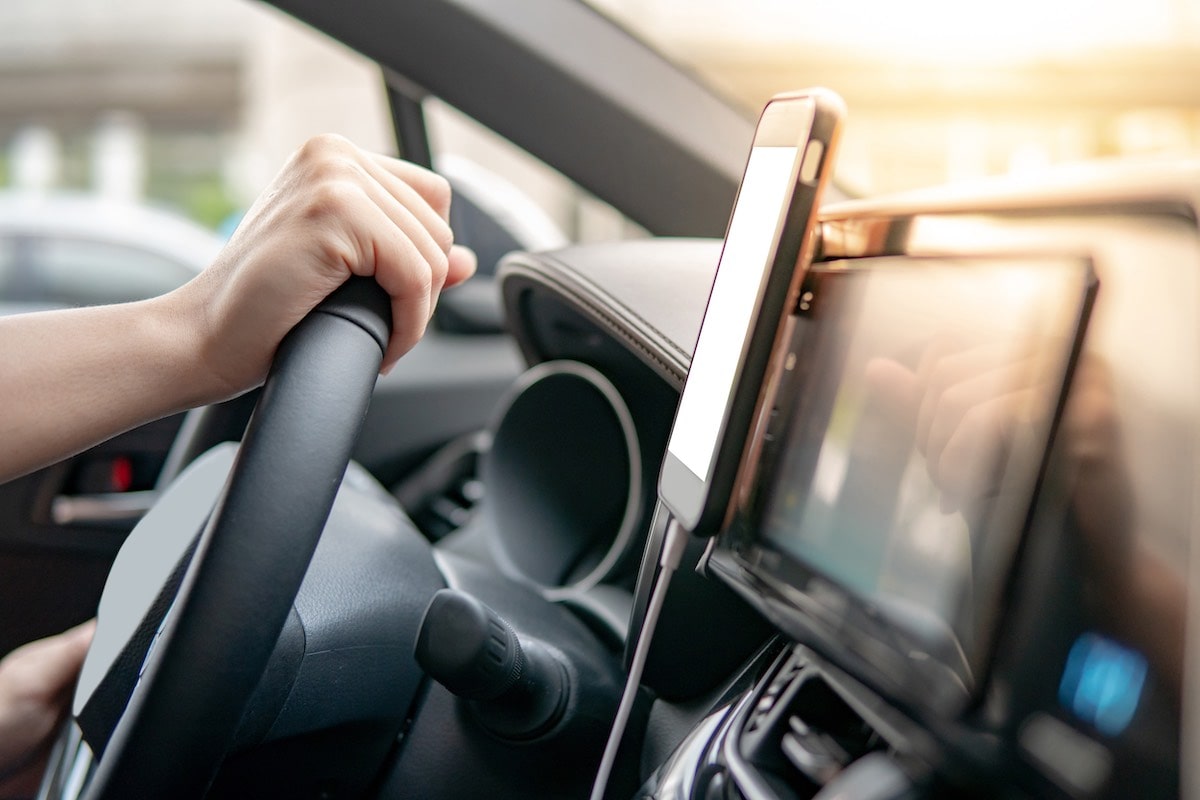Usage-based auto insurance (also referred to as pay-how-you-drive programs) employs modern technology to tailor your car insurance rate based on how you drive. Many companies employ devices plugged into vehicles or smartphone apps that track driving behaviors like hard braking, rapid acceleration and speeding to monitor and tailor rates accordingly.
Safe drivers typically qualify for lower premiums. But how does that work?
Telematics
Telematics systems generally involve either a physical device that plugs directly into a car, or an app on the driver’s smartphone, that records driving habits such as speed, braking distances and mileage travelled over a certain period. Insurance companies then apply an algorithmic formula to determine premiums of drivers in these programs.
These extensive data sets enable insurers to provide innovative insurance products and services, stay ahead of industry trends, customer preferences and behaviors; compete more successfully against more established insurance providers on the market.
Telematics’ focus on encouraging safer driving habits contributes directly to fewer accidents and lower claims payouts, thus helping insurance companies cut overall costs while improving policyholder satisfaction. Furthermore, telematics is used to combat fraud, increase customer engagement (for instance with personalized safety tips or premium discounts for good driving habits) as well as potentially combat fraudsters; V2X communication may even enable vehicles to communicate directly with traffic lights, road sensors or other devices in future.
Driving habits
Telematics programs collect data about your driving habits through either a plug-in device or smartphone app, sending the information directly to an insurance provider who will then use it to tailor an individual rate that takes into account elements such as mileage, speed of travel and force of braking.
These factors can help determine your risk level, which in turn allows for lower car insurance premiums. But be wary: you will be monitored as part of this insurance option, so if privacy concerns come into play this might not be ideal for you.
Some drivers may wish to consider this form of auto insurance because it can provide cost savings if they are safe drivers and the metrics considered make auto insurance more fair for drivers; traditional companies tend to focus only on factors like age, gender and credit history when setting premiums.
Discounts
Insurance providers usually provide discounts, such as low mileage discounts or safe driving bonuses, to reward drivers who practice safe driving behaviors. Telematics programs also help drivers develop safer habits by providing feedback on their driving scores.
As an example, if an insurance company detects that you’re frequently accelerating or breaking hard, they could offer advice to make driving safer. Usage-based policies are best suited for drivers who do not drive many miles but who prioritize safety; additionally they make an ideal option for new drivers or parents adding inexperienced drivers onto their policy.
Traditional car insurance factors still have an effect on your rates; as a result, poor driving can increase premiums significantly. Still, UBI may be worth exploring as an alternative way to lower premiums without decreasing coverage limits or raising deductibles; on average drivers could save about $150 annually using such programs.
Requirements
Your insurance provider may either provide a device to plug into your car, or allow you to use a mobile phone app, to track your driving habits. Some programs like Progressive Snapshot and State Farm Drive Safe & Save record mileage while other apps such as Liberty Mutual RightTrack, SYNC or Travelers IntelliDrive assess behaviors like acceleration, braking, cornering speed and distracted driving.
Therefore, it’s essential that you understand how UBI programs operate so you can evaluate whether this form of insurance meets your needs. Consideration must also be given as to your level of comfort with being tracked or whether this could compromise your privacy; ultimately though, UBI programs offer the potential savings potential of auto insurance reduction which could serve as an incentive to improve driving habits while offsetting costs associated with monitoring with telematics devices or smartphone apps.








